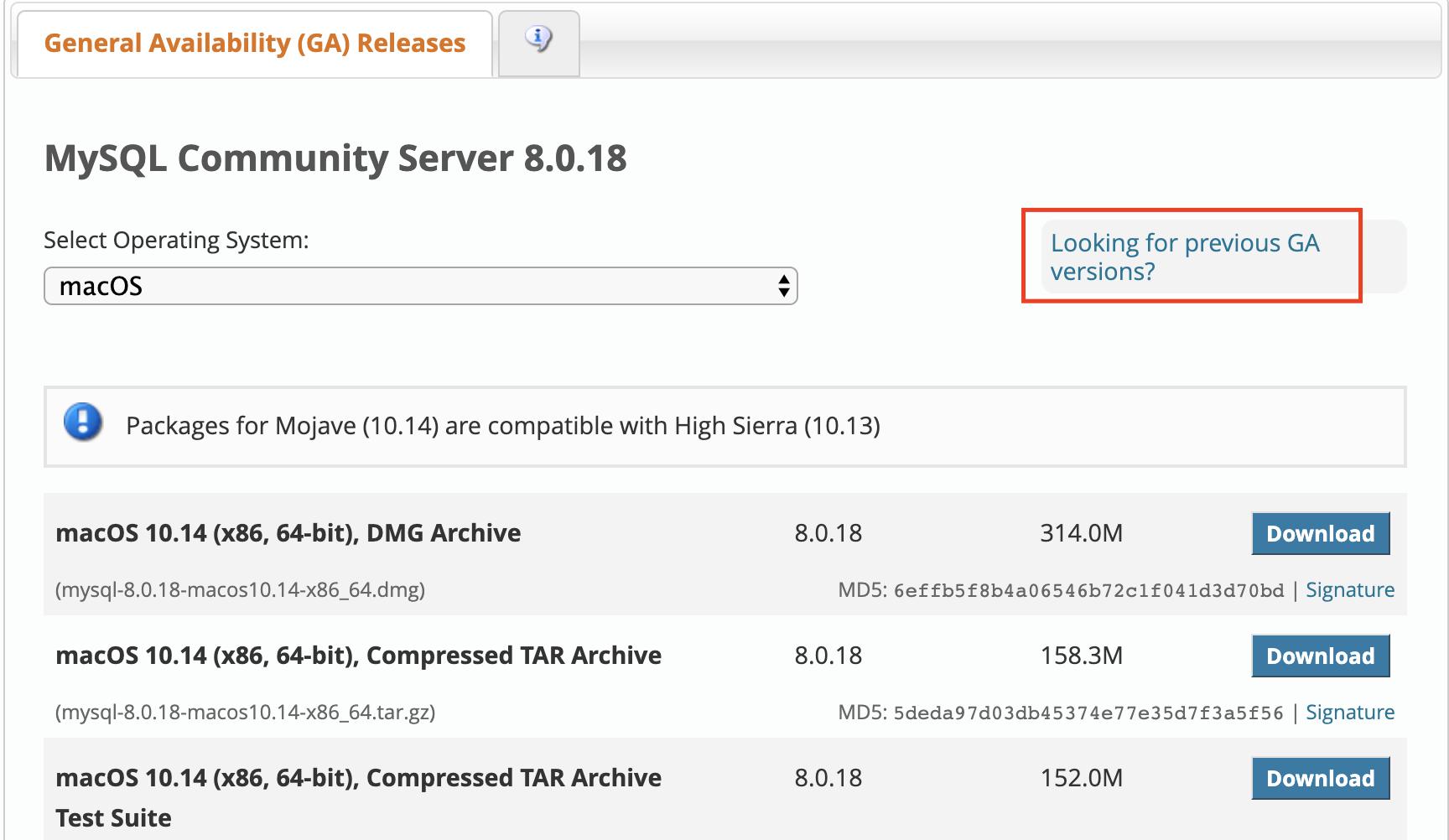
You know in your soul that the number is half of what it should be and that the project will go a year over schedule. You ask the universal framing question: “Did you cost these options?”
#Querious mysql for mac student license software#
You’ve read the first parts of the Wikipedia pages and a book on software project estimation. You’ve furrowed your brow he eyes you sympathetically and explains: “With that option it’s all JavaScript, front and back.” “The other option is just doing the back end in Node.js with Backbone in front.” “Some want to use Drupal 7 and make it work with Magento-which is still PHP.” He frowns. “My people are split on platform,” he continues.

Who’s he, anyway? Webmaster? IT? No, he’s a “Scrum Master.” Salespeople stomp around your office, sighing like theater students, telling you how embarrassed they are by the site. That cart remembers everything customers have ever purchased and generates invoices on demand. Your competitor has an animated shopping cart that drives across the top of the screen at checkout. That the third-party services you use, and pay for monthly, are old and busted.
#Querious mysql for mac student license code#
She tells you the old code is spaghetti and your systems are straining as a result. At one time, it was very valuable and was keeping the company running, but the new CTO thinks it’s garbage. Here is what you’ve been told: All of the computer code that keeps the website running must be replaced. She comes from Adobe and has short hair and no mustache. The man in the taupe blazer (TMitTB) works for the new CTO. That CTO has three kids in college and a mustache. He says: “We’re basically at the limits with WordPress.” Photographer: Corey Olsen for Bloomberg Businessweek You need to understand where the hours will go.

Coders are insanely expensive, and projects that start with uncomfortably large budgets have an ugly tendency to grow from there. It’s preordained that you’ll give these things to him, because the CEO signed off on the initiative-and yet should it all go pear-shaped, you will be responsible. He’s come to discuss spending large sums to create intangible abstractions on a “website re-architecture project.” He needs money, support for his team, new hires, external resources. On the other side of your (well-organized) desk sits this guy in his mid-30s with a computer in his lap. Content management projects, customer relationship management integration projects, mobile apps, paperless office things, global enterprise resource planning initiatives-no matter how tightly you clutch the purse strings, software finds a way to pry open your fingers. This policy has served you well in many facets of operations, but it hasn’t worked at all when it comes to overseeing software development.įor your entire working memory, some Internet thing has come along every two years and suddenly hundreds of thousands of dollars (inevitably millions) must be poured into amorphous projects with variable deadlines.

You expect your staff to speak in plain language. The way you’d put it is, you are loath to pay for things that can’t be explained. You have a reputation throughout the organization as a careful person, bordering on penny-pinching. Your office, appointed with decent furniture and a healthy amount of natural light filtered through vertical blinds, is commensurate with nearly two decades of service to the craft of management.Ĭopper plaques on the wall attest to your various leadership abilities inside and outside the organization: One, the Partner in Innovation Banquet Award 2011, is from the sales team for your support of its 18-month effort to reduce cycle friction-net sales increased 6.5 percent another, the Civic Guidelight 2008, is for overseeing a volunteer team that repainted a troubled public school top to bottom. You are an educated, successful person capable of abstract thought. Josh Tyrangiel 1 The Man in the Taupe Blazer It may take a few hours to read, but that’s a small price to pay for adding decades to your career. There are also lots of solid jokes and lasting insights. There’s some technical language along with a few pretty basic mathematical concepts. This issue comprises a single story devoted to demystifying code and the culture of the people who make it. Those who don’t understand will be left behind. Now that software lives in our pockets, runs our cars and homes, and dominates our waking lives, ignorance is no longer acceptable.

Which means that people have been faking their way through meetings about software, and the code that builds it, for generations. Software has been around since the 1940s.


 0 kommentar(er)
0 kommentar(er)
